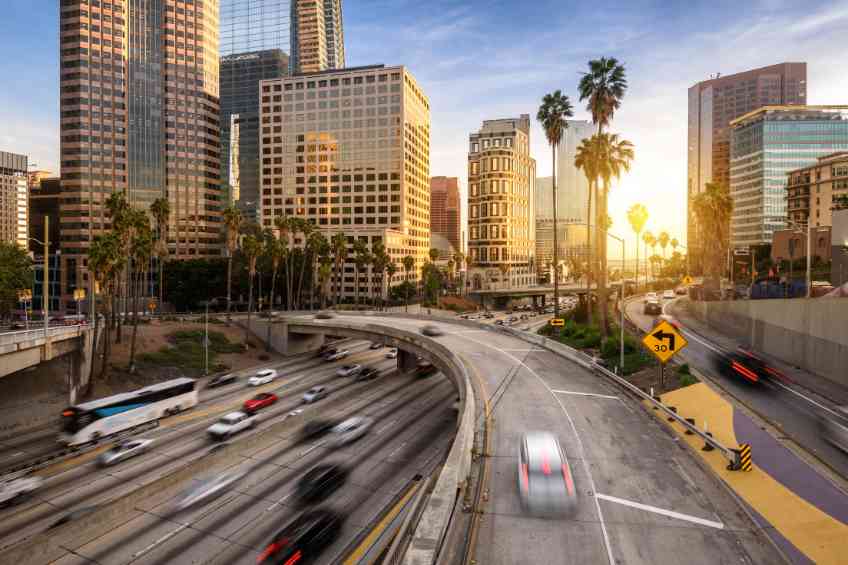By John Salak –
Motorists are always faced with an age-old dilemma: driving faster or safer. Does this tradeoff have to be made, especially in the age of tech-centric automobiles?
Well, for the time being, perhaps. North Carolina State University has just reported that “connected” vehicles, which share data wirelessly, can significantly improve travel time, especially when moving through intersections. Ultimately, these Wolfpack researchers have just marked one up for auto technology when it comes to getting from Point A to Point B faster.
The university’s study showed automated vehicles not connected to other cars can add to driving time when moving through intersections. The reason is simple: automated cars emphasize safety over speed.
Essentially, there’s the rub or tradeoff for automated cars—effectively, cars that drive themselves after being told where to go.
It is no small concern when more than 40,000 people in the US are killed annually in traffic fatalities.
“There are two significant reasons that people are interested in automated vehicles—improving passenger safety and reducing travel time,” noted the study’s first author Ali Hajbabaie, an associate professor at NC State.
“There is a lot of research showing that automated vehicles can improve safety. But our research here –which relies on computational modeling—suggests that if we want to improve travel time, an increase in automated vehicles isn’t enough; we need vehicles capable of communicating with each other and with the traffic-control systems that manage traffic flow at intersections.”
The researchers concluded after using a computational model that simulates traffic conditions. They accounted for four types of vehicles: human-driven vehicles (HVs); connected vehicles (CVs)—which are driven by humans but share information with other connected vehicles and with the control system that manages traffic lights; automated vehicles (AVs); and connected automated vehicles (CAVs).
“Because of their programming, AVs are assumed to move more cautiously compared to human drivers,” Hajbabaie reported. “Their safety stems from their programming to drive conservatively. CVs and CAVs are designed to receive information about the future state of traffic lights and adjust their speeds to avoid stopping at intersections. As a result, the movement of CVs and CAVs is expected to be smoother and have fewer stops than HVs and AVs.”
The study ran 57 traffic simulations to assess the impact of variables on travel times. One apparent outcome was that the higher the percentage of CVs and CAVs, the greater the intersection capacity. When more vehicles on the road were connected, vehicles could flow through the intersection more quickly.
“However, we found that higher percentages of AVs—which are not connected—it slows travel times through intersections,” Hajbabaie reported. “This is because those AVs are programmed to drive conservatively to reduce the risk of collisions. Our findings underscore the importance of incorporating connectivity into vehicles and traffic control systems.
The university’s results are interesting but currently have limited impact because they are based on a computational model. The bigger issue right now is building a mixed fleet of different vehicles that are connected to traffic control systems. That is both an expensive and difficult proposition.
Of course, fleets of automated and connected vehicles are still perhaps a decade away at a minimum, according to various estimates. But Hajbabaie explained, “We want to identify potential problems now, and not when real lives are at stake.”












